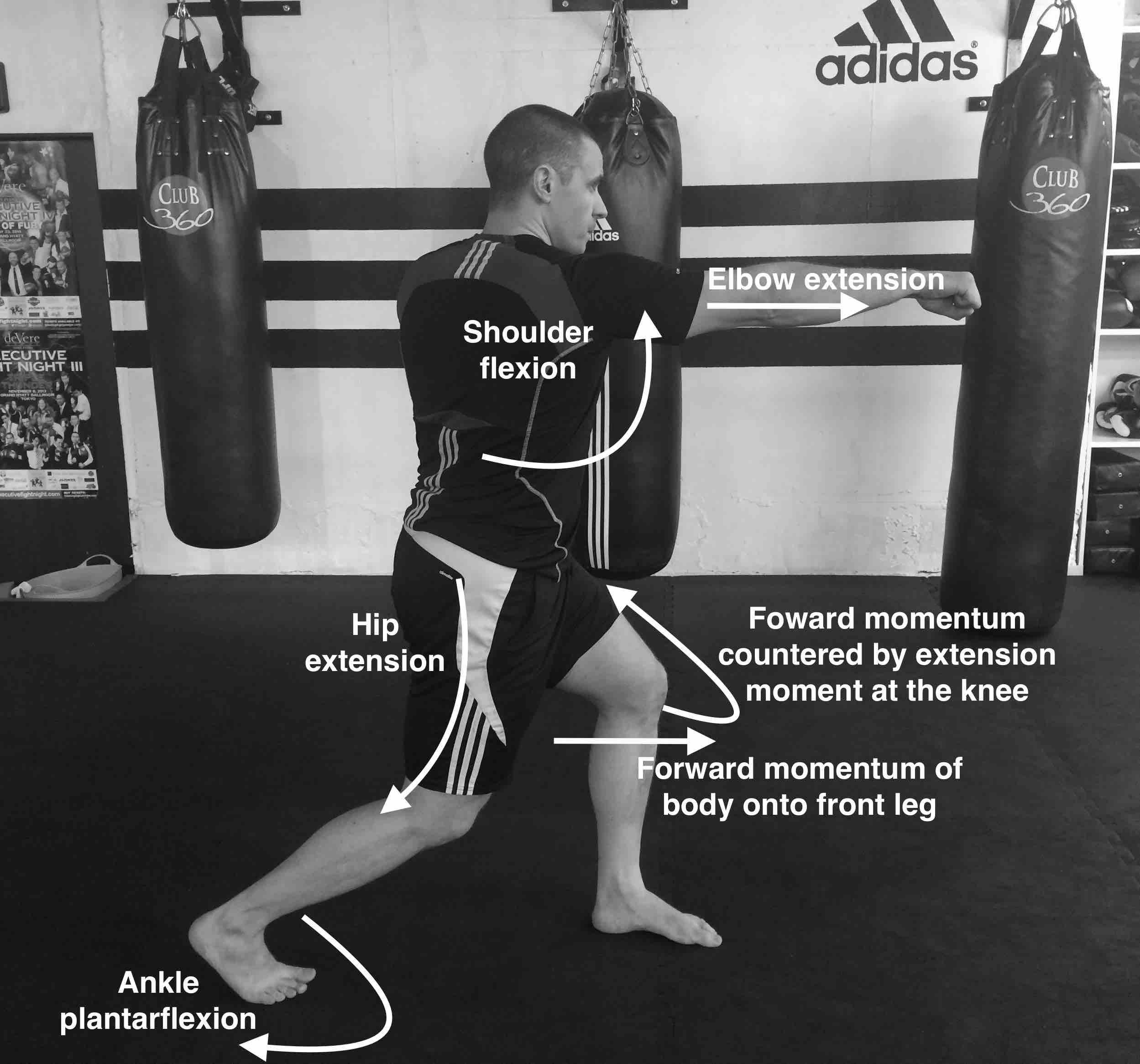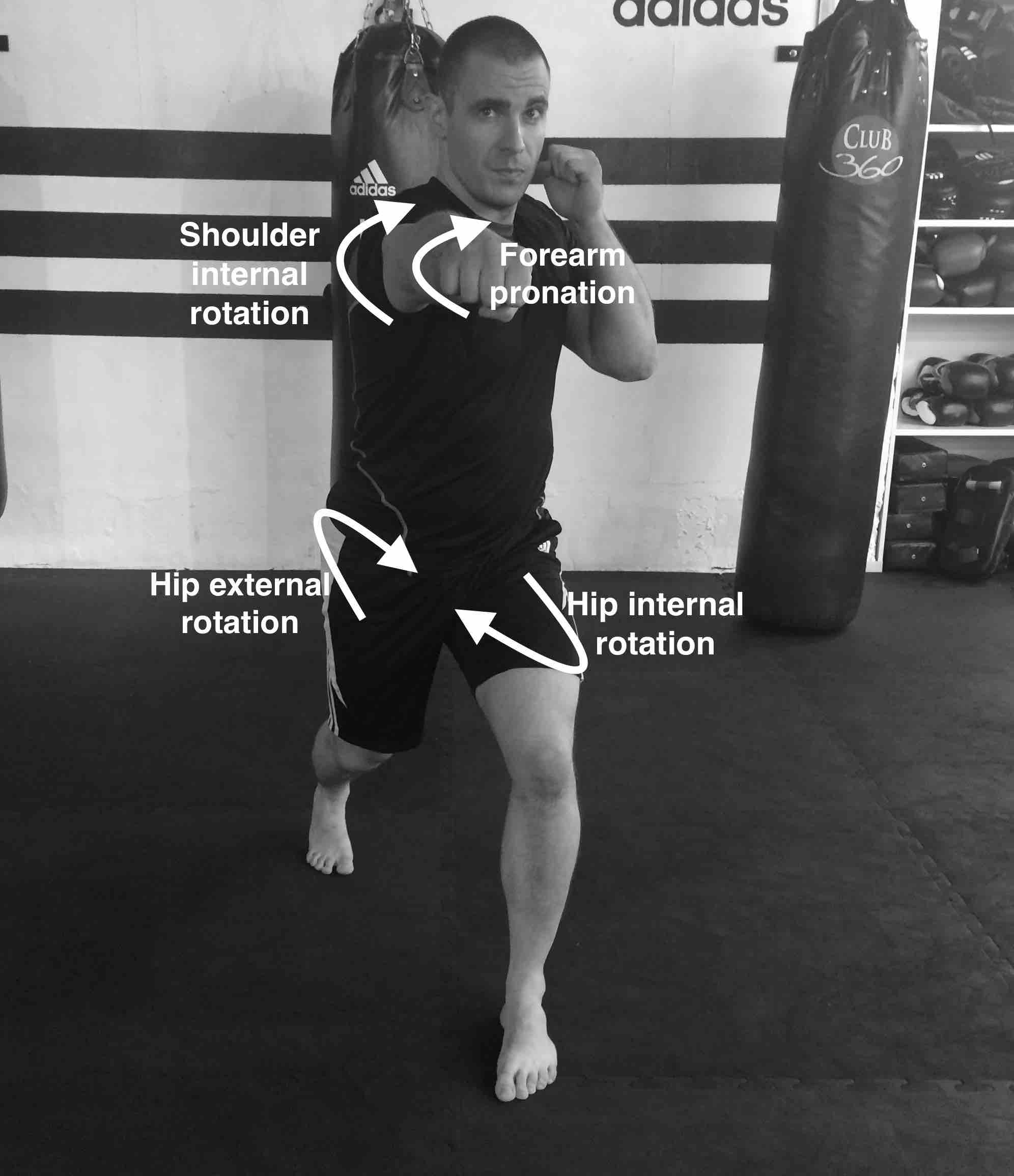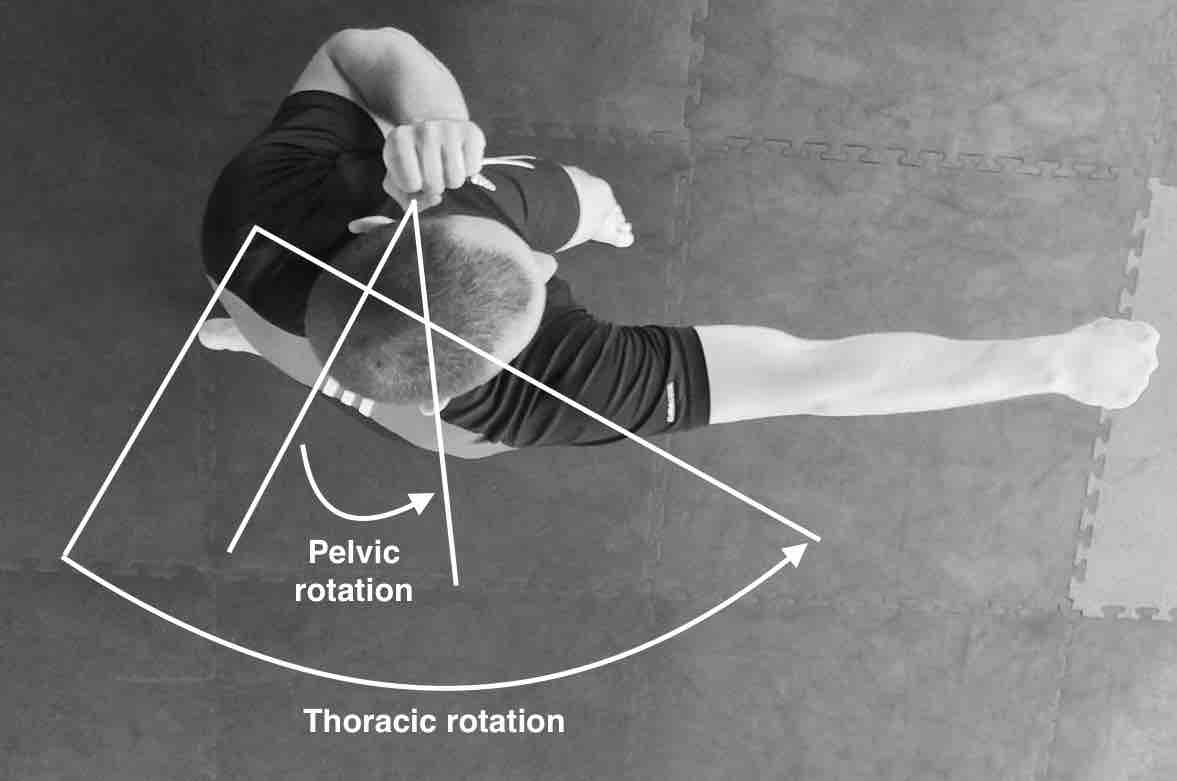This weekend will see the most anticipated MMA match of the year, possibly of all time, as former UFC lightweight champion Conor MacGregor looks to reclaim his crown against current king Khabib Numagomedov. In my opinion, the fight is wide open, in that both fighters have a strong chance of walking away with the title. However, whichever way the fight goes, it will likely be a one-sided affair, with either Conor putting the Russian phenom away early with his trademark left hand, or Khabib grabbing a hold of the outspoken Irishman, taking him to the ground, and asserting his dominance.
McGregor has managed to knockout most of his opponents since his UFC debut, with his most famous wins being his 12-second obliteration of Jose Aldo to win the featherweight title, and his second-round stoppage of Eddie Alverez to win the lightweight gold, and become, at the time, the first simultaneous 2-division champion in the UFC’s history.
So what makes a knockout punch? First and foremost, technique is king. Combat sports coaches spend a lifetime perfecting the technical aspects behind production of the power in the punch, so this will not be the focus of this discussion. Having an understanding of the biomechanics of the punch, however, provides insight into why we need to train different movement patterns and the way in which they need to be trained.
This discussion will also assume a basic knowledge of the movements that occur at each joint, as well as a knowledge of different contraction types. These movements and the planes in which they occur are covered in detail in The Science of Striking (due for release in early November – enter your name at https://www.thescienceofstriking.com/products/ to be notified of its release, which will be discounted for the first 2 weeks!!).
Power Production – From the Ground Up
Anyone involved in striking arts intuitively understands that they will produce greater power if they “twist the hips”, or “put their body behind the blow”. It just feels stronger. A seminal study by Filimonov & colleagues in 1985 examined the contribution of certain body parts to the punching power of boxing athletes of different levels. They found that the higher the level of athlete, the more they utilised their legs to generate power in the punch1. Similar findings have also been made with analysis of the shot put throw2, which is biomechanically similar to the punch3.
This highlights the importance of training the lower body, even if your chosen discipline is boxing, which primarily involves punching. If you analyse the technique of the right cross, the movement begins with a drive from the rear leg, with the most powerful driver of the movement being rear leg hip extension (driven by contraction primarily of the gluteus maximus muscle), where the rear leg is driven backwards. The initial drive is also aided by ankle plantarflexion of the same leg (the pushing of the foot into the ground. This is the most critical point in the development of power in the punch, as the leg must exert a huge amount of force into the ground to overcome inertia, and allow for the force to be distributed up the kinetic chain. Coordination between external rotation of the rear hip and internal rotation of the front hip is required to allow smooth rotation through the pelvis.

As the force is transferred from the lower body, the abdominals provide a tight unit of tension to allow the force to be further transmitted to the upper body. At the same time, the abdominals (particularly the obliques) also perform a braking action, to prevent excess rotation at the lower back, further allowing efficient transfer to the upper back and shoulders. The abdominals’ role in this force transference provides an insight into how they should be trained (Primarily with anti-rotation/anti-extension exercises to train stiffness in the region). At the same time as force is transmitted vertically into the upper body, it is simultaneously transferred horizontally from the rear foot onto the front foot, which is in front of the athlete’s centre of gravity, to provide effective braking, that allows the force to be transmitted back up the body. This same transfer of energy through a stiff front leg has been demonstrated in biomechanically similar movements, such as the javelin throw4.

As the force is transmitted to the upper body, a powerful contraction of the chest, shoulder and upper arm (triceps) muscles is coupled by a contraction of the pulling muscles on the opposite side to create shoulder flexion and internal rotation to deliver the impact.
When we consider biomechanical movement in this way, we are not only looking at where movement is taking place, but also where movement is prevented. It is clear that when we throw a punch there is movement occurring at the shoulder, but the majority of what is occurring at the front leg, is a prevention of movement. We refer to energy being utilised in this way as a joint moment. Essentially this means that even though the joint isn’t moving through a large range, there is still a large amount of muscular torque being produced. The front leg in this instance has to resist (brake) the momentum of the body, and transmit this force back up into the upper body to produce power into the arm.

The aim of braking down the biomechanics of the punch in this way is to highlight the multitude of different events that are occurring, and why we have to assess and train the specific muscles involved, both in isolation and then in an integrated fashion.
Contraction Types
An assessment of muscular power should include tests that incorporate an eccentric component and tests that do not. The results of these tests should be used to guide the type of exercises to be performed at different phases in a fighter’s programme. However, the function of the muscles in combat situations should also be considered.
Movement of the lower body is usually preceded by an eccentric contraction. When throwing a punch, there is usually a set-up of the lower body to position the athlete to throw an attack, in which the hip and/or knee and/or ankle are flexed (eccentric loading) prior to extending (concentric movement) to produce force. This is different to a sprinter, for example, who needs to create a powerful concentric contraction without this eccentric pre-loading to accelerate from the blocks (we refer to this specific quality as starting strength). For this reason, it could be argued that most lower limb power training should be performed with eccentric-concentric movements.
The use of eccentric contractions in the upper body, however, depends on the situation in which they are being used. In the case of a single punch (think of a jab), the muscle action of the upper body is primarily concentric, as an eccentric movement here would equate to a cocking of the punch, which is obviously disadvantageous, as it would telegraph the punch to an opponent. In the case of a one-two combination, the right cross following the jab would likely be preceded by a small eccentric contraction, as the jab allows as for the right arm to cock slightly. With any combinations of more than 2 punches, the eccentric loading comes in to play, as the muscles of the upper body are loaded as the arm returns to the guard position.
Thus, the concept of starting strength is perhaps more relevant in the upper body, and exercises starting from a dead stop, or with a pause at the end of the concentric phase, should be programmed. This will also depend on the style or technical ambitions of the athlete. An athlete who relies on short combinations of 2 punches or less will want to develop their upper body starting strength. Those fighters who use longer combinations, or aim to develop this skill, may wish to utilise more eccentric-concentric training.
The roles of the upper and lower body also provide clues as to the type of loading that should be used for each area. As the lower body must overcome the inertia of the ground to begin generating momentum, heavier loads are perhaps more appropriate, whereas for the upper body the focus is on applying force to the target as rapidly as possible, and as such, lighter loads moved more quickly may have a greater carryover to functional performance.
Summary
Making full and effective use of the entire kinetic chain involves perfecting technique, but also implementing a strength programme that is balanced and brings up strength in weak areas. Also important to note is that your strength and conditioning programme needs to include exercises that utilise multiple segments of the kinetic chain to build functionality into the movement pattern.
How we use these concepts to design strength and power programmes for the combat athlete is covered extensively in The Science of Striking. Reserve your copy now at https://www.thescienceofstriking.com/products/
References
1. Filimonov, V. I., Koptsev, K. N., Husyanov, Z. M. & Nazarov, S. S. Boxing: Means of increasing strength of the punch. Strength Cond. J. 7, 65–66 (1985).
2. Verkhoshansky, Y. V. Quickness and velocity in sports movements. New Stud. Athl. 11, 29–38 (1996).
3. Turner, A., Baker, E. & Miller, S. Increasing the impact force of the rear hand punch. Strength Cond. J. 33, 2–9 (2011).
4. Whiting, W. C., Gregor, R. J. & Halushka, M. Body segment and release parameter contributions to new-rules javelin throwing. JAB 7, (2010).
Hi Sam,
GREAT article. I’m working on a presentation on the cross right now, and there is plenty of value in here. Will be great to apply these ideas in my clients. However, I’m a bit confused regarding movement of the hips. For a cross body punch, wouldn’t rear hip internal rotation occur, instead of external rotation? You mention it being for smooth rotation of the hip, but I cannot see how that makes sense biomechanically. Anyways, it was a great read and I look forward to hearing back from you!
Hi Lucas. Thanks for reading and thank you for the comment.
As for the hip movement, what we see with the rear hip is although there tends to be a slight inwards rotation of the femur in relation to the direction of the target, the pelvis is simultaneously rotating towards the opposite side (in the case of a right cross the pelvis is rotating to the left) creating a relative external rotation at the hip joint. I believe this aids in allowing greater recruitment of the glute max as both a hip extensor and external rotator.
Good luck with your presentation and please let me know if you have any other thoughts or questions on this! Seth Lennetsky’s group did an interesting study in the Journal of SC research that I am actually reviewing in a research review that I am releasing tomorrow. Definitely worth checking out.
Cheers
Sam
I too am having trouble understanding why you say the rear hip is externally rotating. Even your photos demonstrate some internal rotation at the hip. Think about it… if the hip were to actually externally rotate, in that photo the rear the heel would drop medially, the knee would point out, and the hip would be more open than it is (please correct me if I’m wrong).
What I think is, because the body has to contain the rotational force it generates through contralateral rotation globally, this is likely to occur at the regional and joint level also. The glute fires for explosive drive at the hip. As the rear transverse arch of the foot pushes into the ground to begin the chain back up, the calves follow, the hamstrings assist the hip extension, then the quads fire to keep forward movement and the rear femur likely remains mostly isoangular as the internal rotators and adductors are firing as antagonists to control the rotational forces. All the while the glute is still active to help contain forces the rear hip is projected forward, the rear side torso has rotated in the direction of the punch and the fist is cast out like a fishing line looking to catch something. If you look at McGregor’s left, it’s all acceleration. Everything on that side of his body is programmed to get his fist forward as fast as possible while maintaining balance and precision. If you watch a sprinter, on toe off in the acceleration phase they extend at the hip, but they don’t externally rotate because it’s not efficient to do so for that movement. If you’ve ever sprinted, you probably noticed soreness in your hip adductors. It’s because they weren’t allowing that external rotation.
So I’m not sure a squat is the most appropriate movement to train for greater punching power. A deadlift type movement is probably better. I think fighters should definitely have the shoulder mobility, serratus strength, and wrist dexterity to perform a hang clean, which is pretty close to the same movement at the hips as far as maximal force development for a punch. And for speed you can get a bit more specific with medicine ball throws to get the most out of all the awesome segmental and integrated rotational work the fighter did outside of camp.
Really though, I liked your article and look forward to reading more. Please let me know if I’m off the mark on any of what I said. I just like to discuss things like this. Cheers!
Hi David. Thanks very much for sharing your perspective. I definitely get where you are coming from. From the picture, viewing from the front, it appears as if the hip in rotating internally. And the femur is rotating internally in relation to the line of the punching, however because the pelvis is rotating in the opposite direction to a greater degree, the relative movement at the hip joint is one of external rotation. I can’t post photos here, so when I get time I will write a blog post on it, but I will send you a personal mail with some photos that I took today and explain what they mean. I think it would be cool to see some more in-depth research into the different kinetics and kinematics during a punch. Lenetsky et. al. published some work earlier in the year (see my review here https://www.thescienceofstriking.com/research-review/research-review-defining-the-phases-of-boxing-punches-a-mixed-methods-approach/) but only examined lats, triceps, rectus abs and rec fem. I think, however, that most athletes will have sufficient hip ER to achieve the push up in the rear leg, and the focus should be on hip extension (see my youtube video series here https://www.youtube.com/playlist?list=PLkLTBAl3cMxzV7sP1ydYMMtRj9x-4h2Xi, and specifically this one: https://www.youtube.com/watch?v=OSwGOFwHEZo&list=PLkLTBAl3cMxzV7sP1ydYMMtRj9x-4h2Xi&index=7). So yes, deadlifts, cleans, KB swings are fantastic for developing this terminal range hip extension and I also love med ball throw variations. I wouldn’t ignore knee dominant movements, however, especially to develop the quadriceps strength and control necessary for the braking action of the front leg.
From a range of motion perspective the front leg IR is the more important one.
Thanks again for your feedback, love the discussion
Cheers
Sam